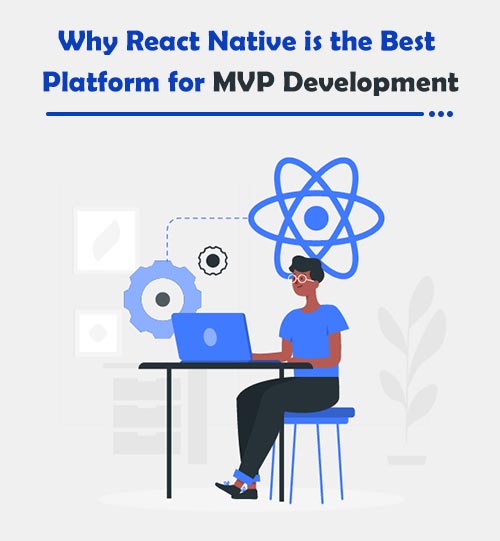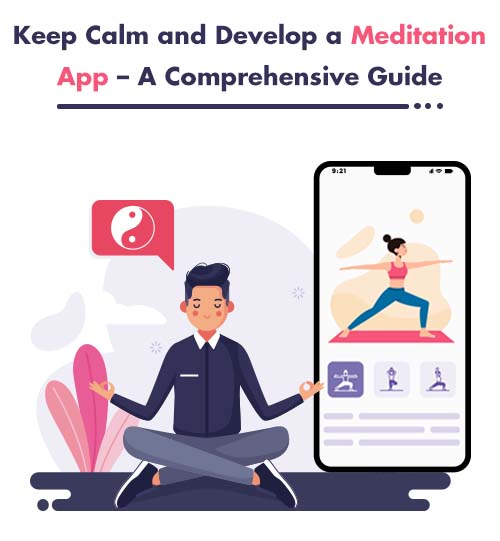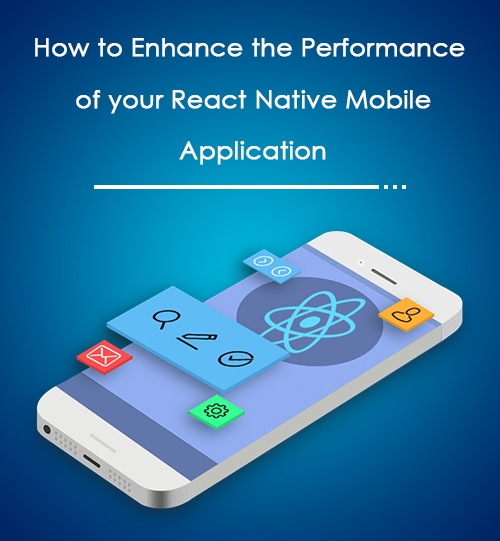Excited about launching your app idea in the market and rolling in money? But what’s holding your back?
Oh! You’re concerned about the feasibility of your idea and how your app will perform in the market. Don’t worry! We have a solution. Why don’t you develop a minimum viable product (MVP) instead of rolling out your app blindly?
An MVP will comprise all the essential features that enable you to quickly step into the market and validate your idea based on user feedback. Thus, you can fine-tune and modify your app to live up to the users’ expectations. Besides, this approach will also save you a lot of cost and effort that full-blown application development demands.
If you think that an MVP can overcome your concerns, hire React Native app developers because no platform can better develop an MVP than React Native.
Reasons to Develop an MVP Using React Native
You might already know that React Native is a JavaScript-based framework that allows developers to build cross-platform apps using a single codebase. They write the code once to develop an app that operates seamlessly on Android as well as iOS. The framework has now gained mainstream adoption among businesses due to its massive benefits. Let’s discuss a few reasons why React Native is ideal for MVP development.
Cost-Effective Development
To develop an MVP, you have to envision your app’s key features and sideline the supporting ones. A React Native app development company can provide you with better guidance on what’s really important to meet the users’ basic requirements. Besides, as we said earlier that React Native MVP or app is developed using a single code base, the development cost using React Native will be way lower native development.
Quick Designing
React Native allows developers to quickly create engaging designs for your MVP, thanks to its pre-made UI toolkits and native app components. The product built using this framework provides a seamless native-like experience to users. Besides, these pre-made components are reusable, which accelerates the subsequent app development process.
Easy Testing
Though the notion behind introducing an MVP is to check its performance and errors, even a basic version demands rigorous testing before the launch. React Native’s single testing feature allows developers to test your product for multiple platforms simultaneously and fix bugs quickly.
Easy Iterations
With React Native, editing, changing, or scaling the product becomes as easy as pie. Developers can smoothly and quickly incorporate new features into the existing product using React Native’s UI components. Thus, you can enhance your app day-by-day while users continue to use it.
Final Words
React Native has become a sought-after framework for developing MVP as it requires minimal time, investment, and effort. The user interface of the React Native app or MVP is rendered through native views, which provides a better experience than other frameworks that usually try to achieve native-like feel by rendering a web component.
Given all the factors, we can conclude that if you need a flexible and scalable platform for cross-platform MVP development, no framework can serve you better than React Native. So, invest in our React Native app development services to get your MVP developed now. We will steer your product development journey right from ideation to deployment.






